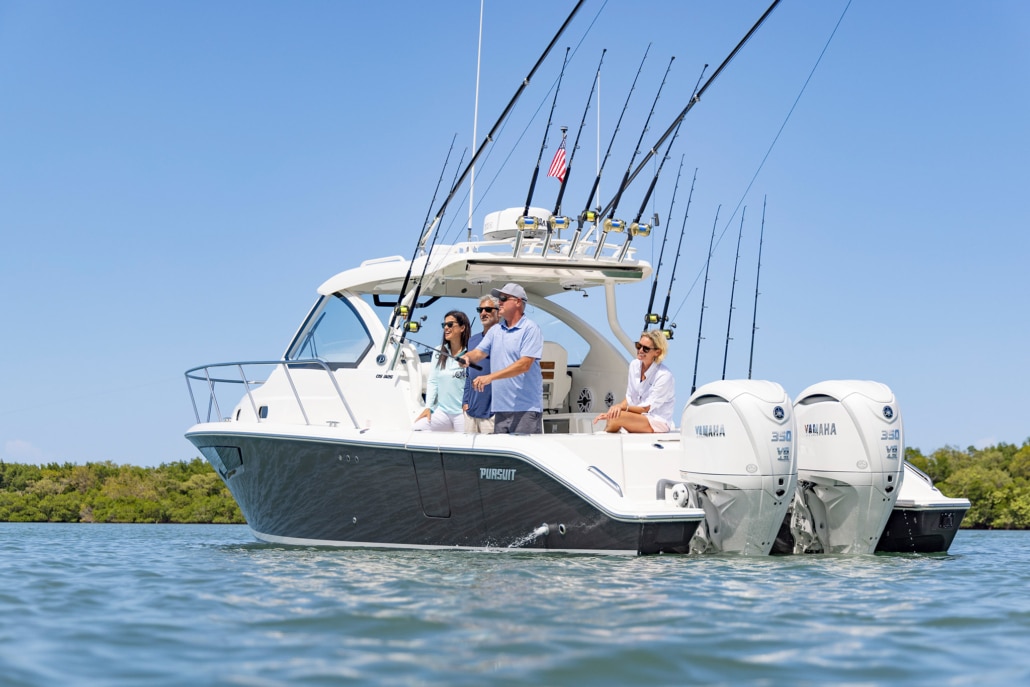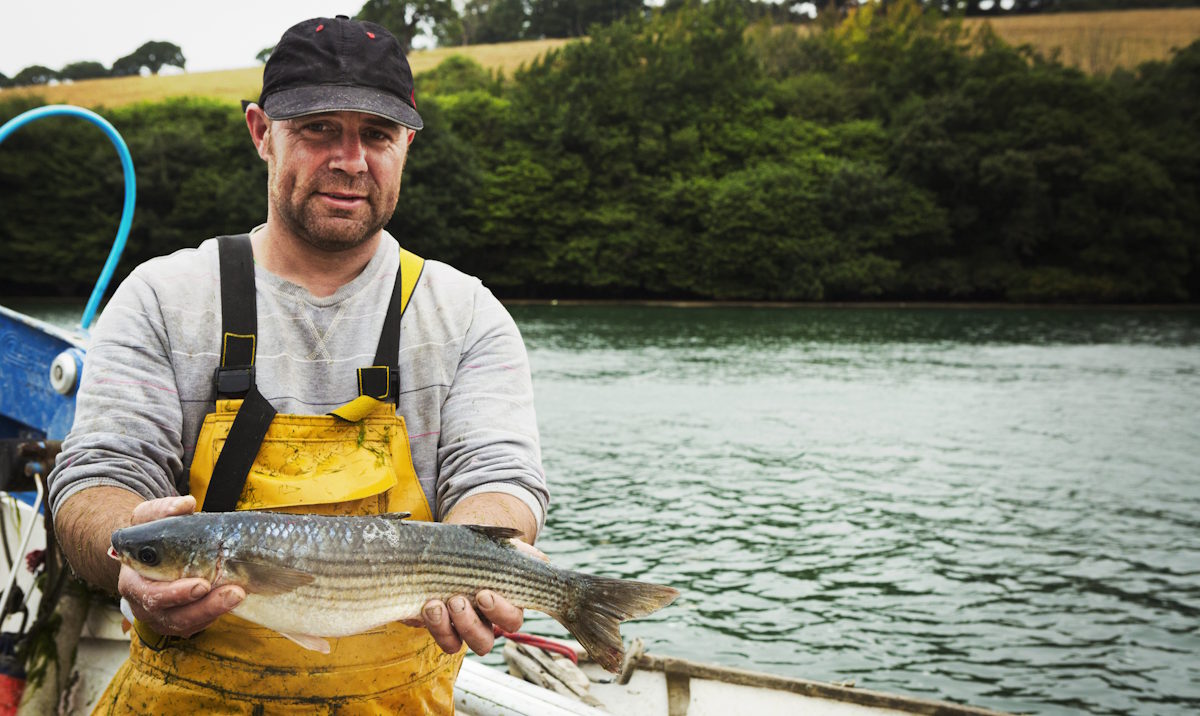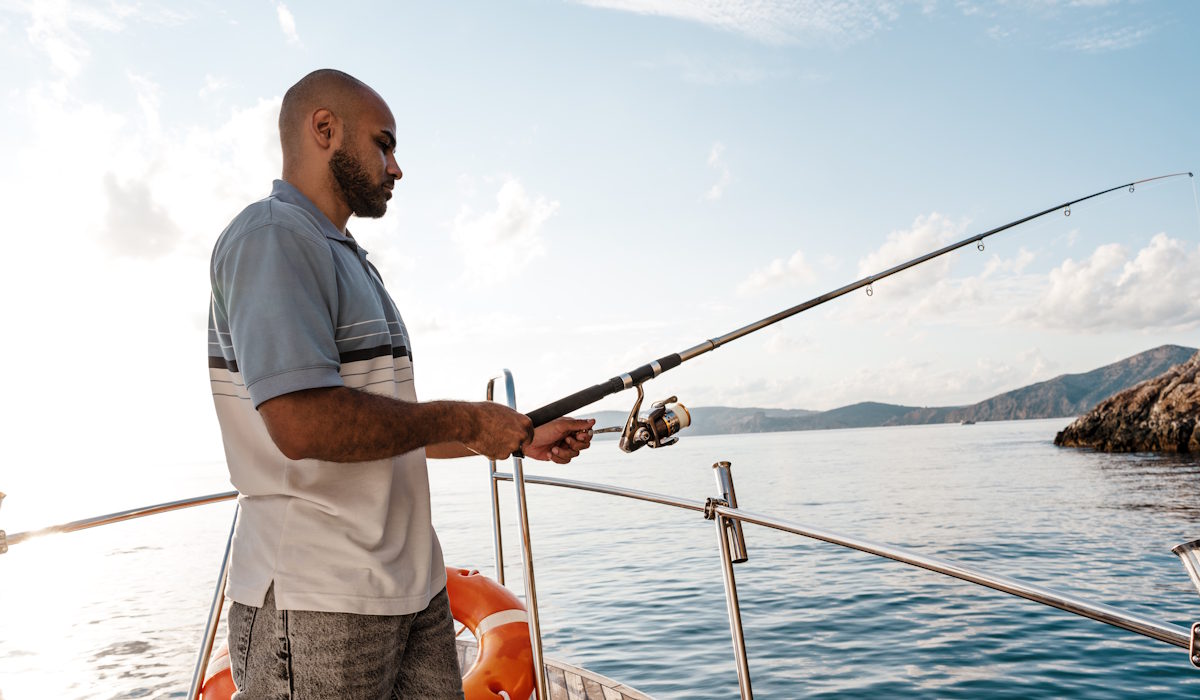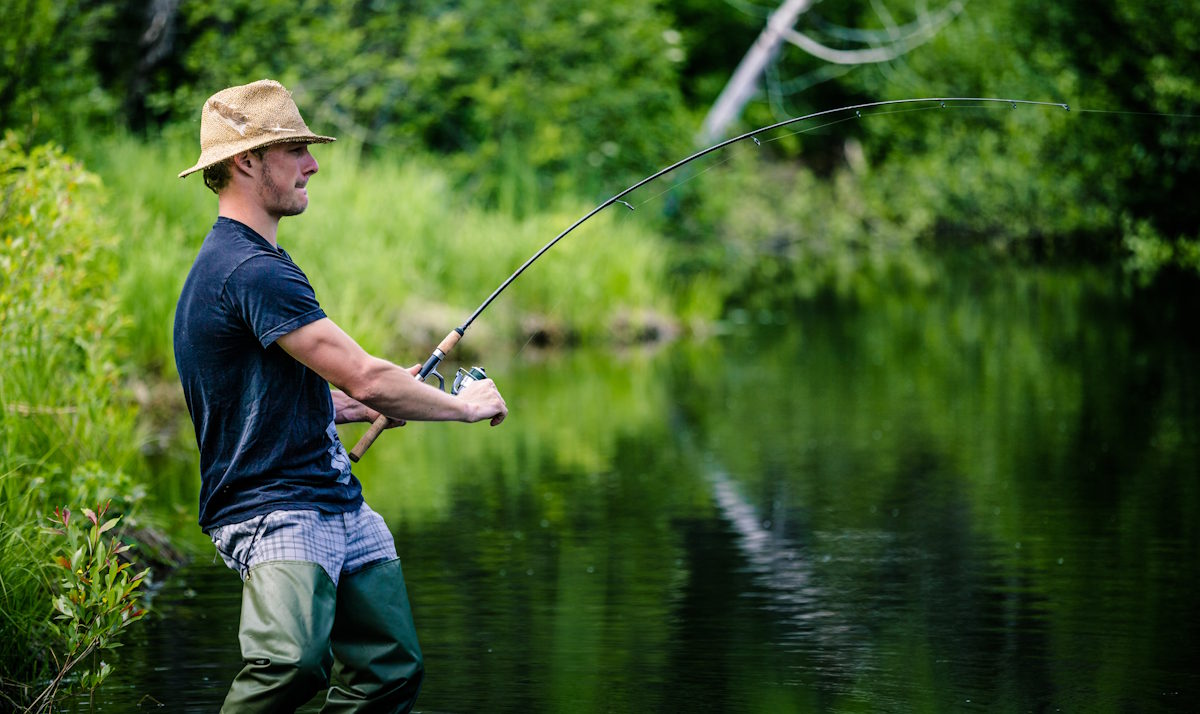How Do You Like to Fish? Is It One Of These Styles?
Types of Recreational Fishing
Vancouver Island is a fishing paradise here on the Pacific. Our diverse ecosystems with easy access to freshwater and saltwater fishing plus mild weather conditions makes the island ideal.
Whether you plan to find a remote lake or hit the open ocean, having a boat to fish from offers plenty of advantages. Fishing aboard a boat is the most spacious and comfortable method when you’re out in the elements. You’ll also gain access to better fishing spots, including deeper waters and remote locations.
Van Isle Marina has a range of new and preowned boats for sale, perfect for fishing here on the West Coast. We have yachts of varying makes and models, designed to fit all kinds of budgets.
In this article, we’re diving into the fishing methods most commonly used here in the Pacific Northwest:

Trolling
Trolling is a fishing method that involves dragging fishing lines across the bottom of the ocean or lake. Using one or more fishing lines baited with either fish or lures, this method is used to cover large underwater areas while attracting fish from different depths of the water. The constant motion (ideally powered by a boat) can also be adjusted to mimic the real-life movement of the lure or bait.
One challenge when trolling is the wind. If the surface of the water is rippling too much, fish tend to back off and become more cautious. To counter this, try trolling with the wind rather than against it. This will increase your chances of passing the fish in the correct direction.
Trolling is used to catch all kinds of trout in fresh water, but it’s also a popular method for catching salmon, a prized catch here in the Pacific Northwest that attracts visitors from across the world. Just make sure to brush up on salmon fishing regulations first.
Drift Fishing

Drift fishing is a method similar to trolling, where fishermen allow the boat to ‘drift’ rather than powering it through the water. Using this method, the boat will move with the current and the lure or bait will motion along with the natural flow of the water.
Like trolling, drift fishing is a flexible method that can be employed in the ocean or freshwater, in a range of different depths. You can use live bait or a lure, and catch lots of different fish just by drifting and mimicking a more natural movement.
You can even try ‘bottom bouncing’ when drift fishing in an attempt to catch salmon and trout, which involves using weighted lures that effectively allow you to bounce along the bottom.
Other considerations to make include ‘leader length’ and ‘drift’. Leader length is the length of the line you’re using when drift fishing. Your leader length can impact how your lure or bait presents in the water. The drift is how far away your line drifts behind you in the water. By extending your drift and giving out more line, you can increase the number of fish that you will encounter when drifting.
Lure Casting

Lure casting is a fishing method that requires throwing out a lure before retrieving it with your line. Also known as cast and retrieve fishing, this method is a little more physically demanding.
Retrieving your line manually can mimic the movement of a fish, just like trolling and drift fishing. The other key benefit of lure casting is that it’s a lot less passive. Other fishing methods leave you waiting for a bite, but with lure casting, you can single out and target fish rather than simply dragging your line. It’s great if you want a little workout, too!
Fly Fishing

Fly fishing, also known as fly casting, is a fishing method that uses artificial lures called flies to attract and catch fish of all kinds. These flies imitate waterborne insects or very small animals hanging out on the top of or right below the water. The equipment looks a little different for fly fishing. Not only will you be using a specific lure, but the rods are also different. Fly fishing rods are lightweight and long, attached to a specific fly line and a fly reel.
Fly fishing is an unconventional technique that takes practice to master. It involves casting with a sweeping motion. From there, the rod and line work together to propel the fly. Fly fishers also have to be mindful of how the fly is presented to the fish, along with water flows, currents, and fish behaviour.
Bottom Fishing
The conventional angling method would be to attach a float to your line, inviting fish to swim up and bite. Bottom fishing is different in that instead of a float, hooks or lures are attached with a weight, allowing the line to sink to the bottom.
You can use all kinds of bait, hooks and lures for this method, but the key is that your line remains on or near the bottom of the ocean, lake or river.
This method of fishing is used for targeting groundfish. BC and Pacific Northwest waters have no shortage of groundfish lurking, which make up a diverse group of species here, including some of world-class calibre.
Pacific halibut is one that people flock from all over to catch – just be sure to read up on the rules first. You can also catch sablefish, ling cod, rockfish, sole, founder, and cod using the bottom fishing method in BC waters.
Fishing with Nets

Among more traditional fishing methods like weirs, traps, and fishing wheels, nets are another effective fishing method still used today. There are plenty of different kinds designed for catching fish here in the Pacific Northwest.
- Gillnets: vertical panels of netting that hang in the water, often used for catching salmon by commercial fishermen.
- Reef nets: A net stretched between two anchored boats, creating a barrier.
- Dipnets: Nets attached to poles which are used for catching fish in rivers and streams.
- Hoop nets: Nets stretched open by a hoop and lowered into the water off platforms or docks.
Check out Van Isle Marina’s selection of new and pre-owned power boats for fishing, or visit us in person on Harbour Road in Sidney.
